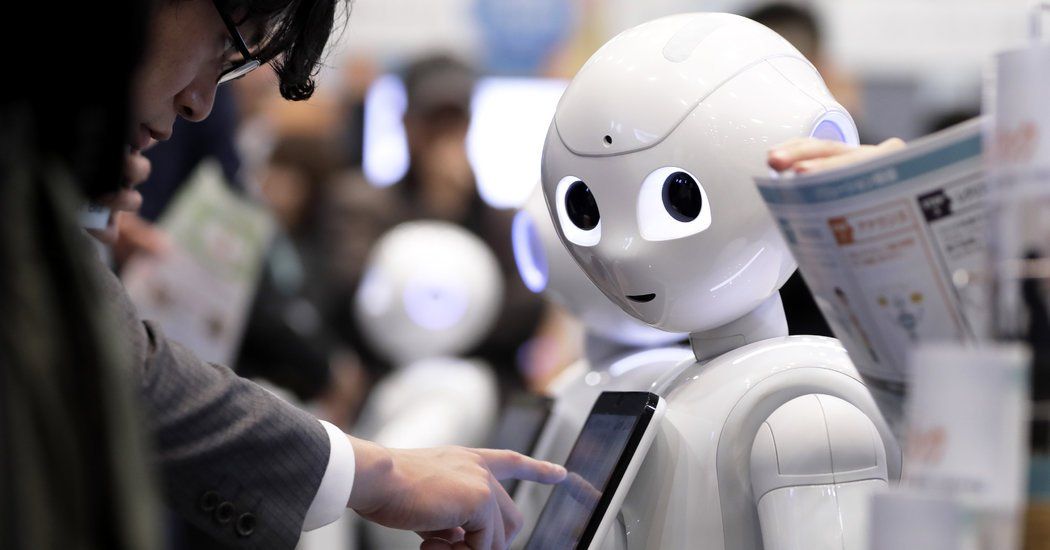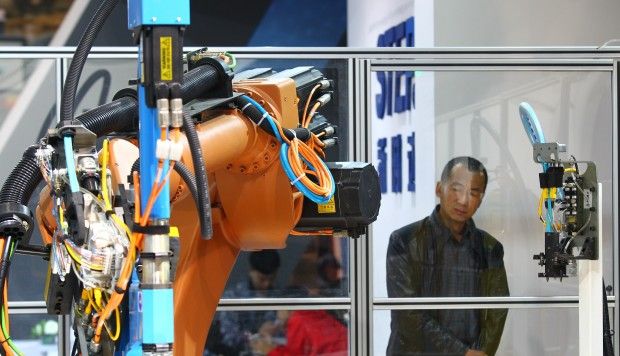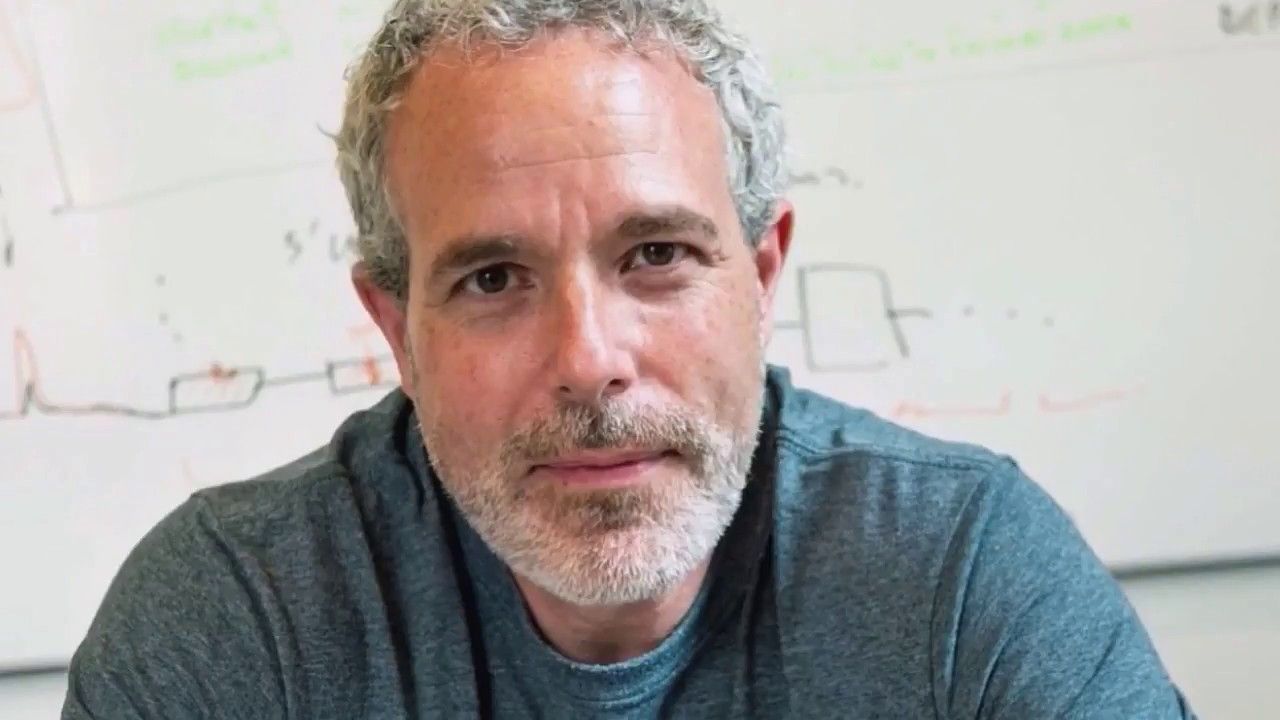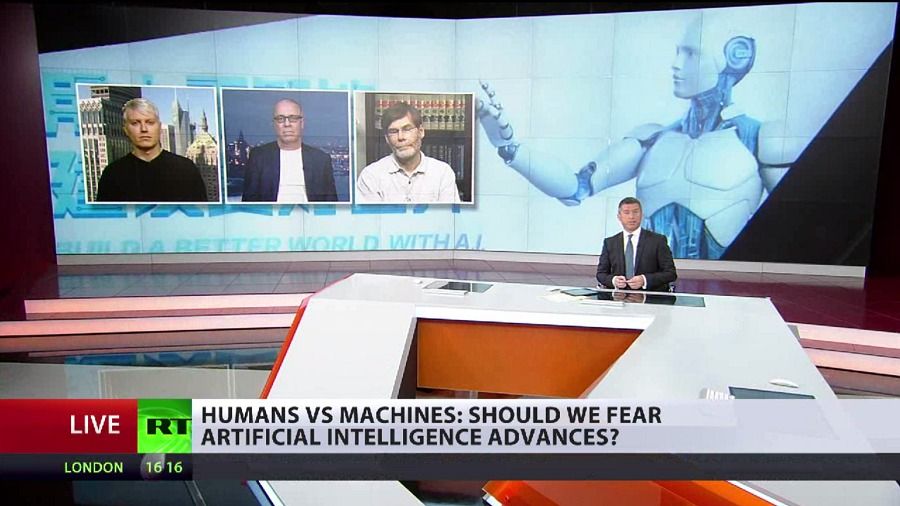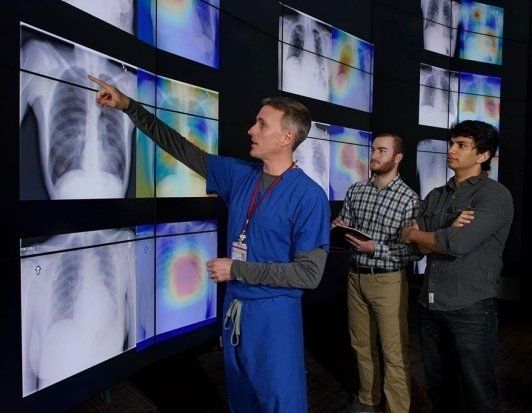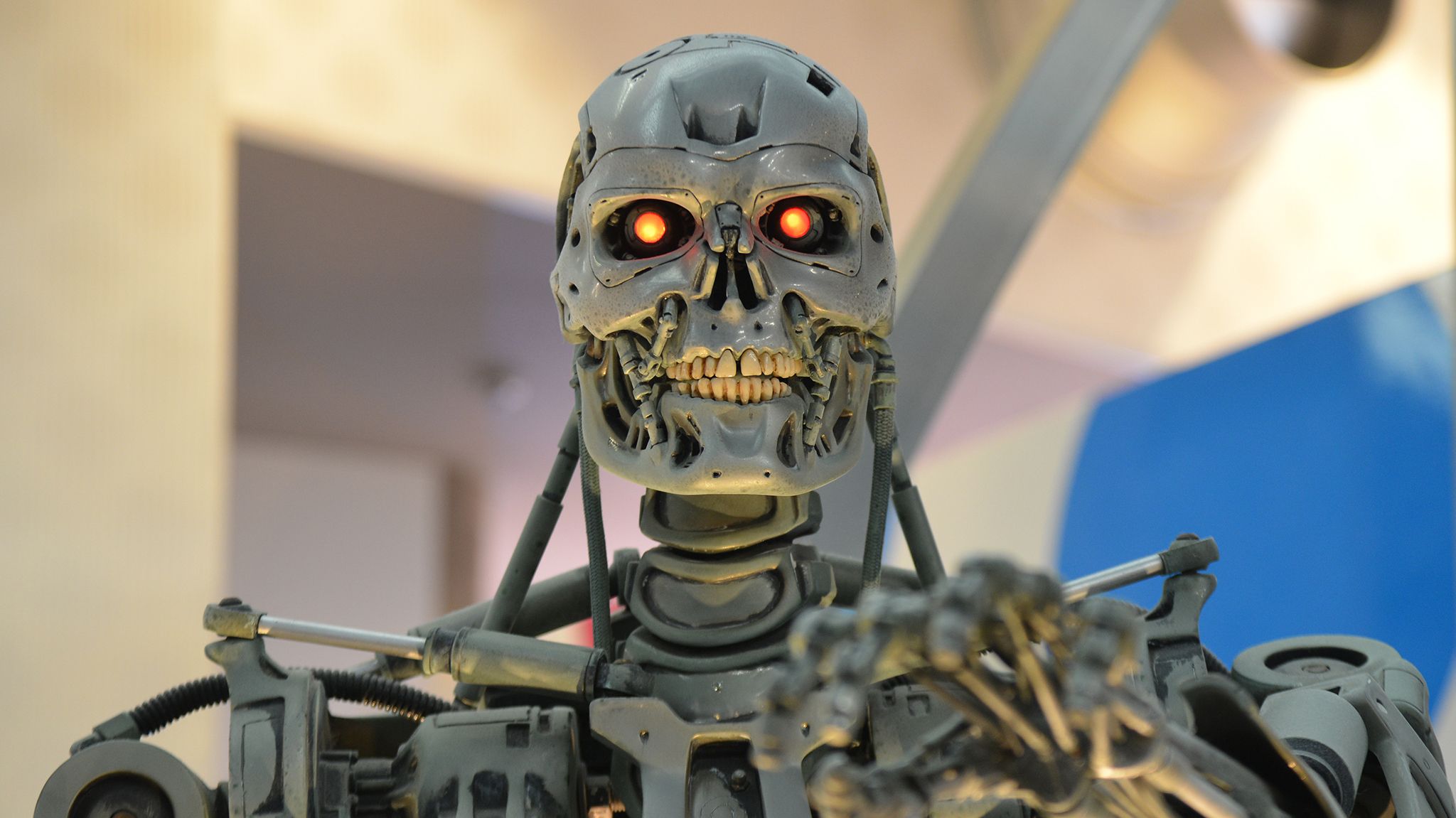Jan 6, 2018
Leave A.I. Alone
Posted by Derick Lee in categories: information science, law, robotics/AI
December was a big month for advocates of regulating artificial intelligence. First, a bipartisan group of senators and representatives introduced the Future of A.I. Act, the first federal bill solely focused on A.It would create an advisory committee to make recommendations about A.I. — on topics including the technology’s effect on the American work force and strategies to protect the privacy rights of those it impacts. Then the New York City Council approved a first-of-its-kind bill that once signed into law will create a task force to examine its own use of automated decision systems, with the ultimate goal of making its use of algorithms fairer and more transparent.
Sure, the technology poses risks. But the current approach to regulating it is a mistake.
